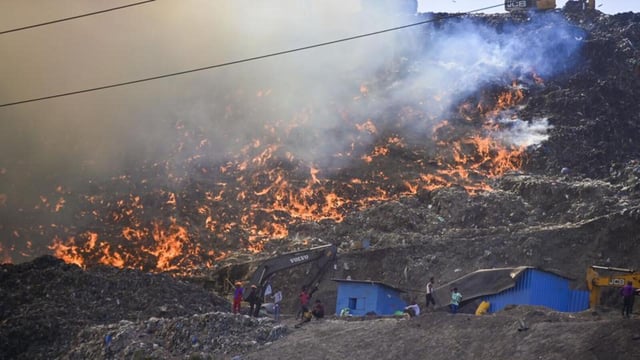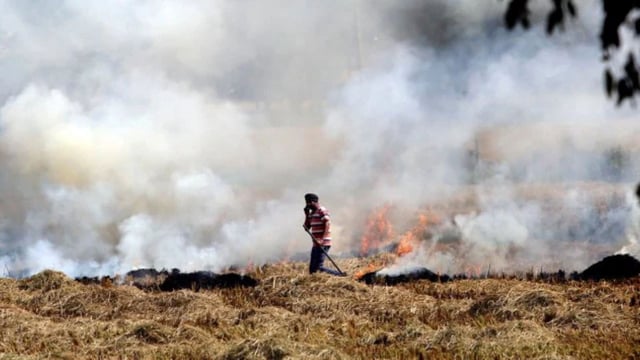Overview
- Direction No. 92 mandates co-firing of paddy straw-based biomass pellets in brick kilns across non-NCR districts of Punjab and Haryana, starting November 1, 2025 at 20% and rising to 50% by November 1, 2028.
- Direction No. 91 orders Delhi-NCR authorities to assess fire risks at sanitary landfills, install CCTV cameras, methane detectors and fire-fighting infrastructure to curb open municipal waste and legacy dumpsite fires.
- Urban local bodies must enforce Solid Waste Management Rules, 2016, ramp up horticultural waste processing and deploy surveillance to halt open burning, with quarterly compliance reports from pollution control agencies.
- State governments are required to submit monthly progress reports to the CAQM beginning November 2025 to monitor kiln compliance and track biomass pellet integration.
- CAQM expects these steps to cut particulate emissions from stubble burning and landfill fires during Delhi’s winter smog season while supporting rural economies.


